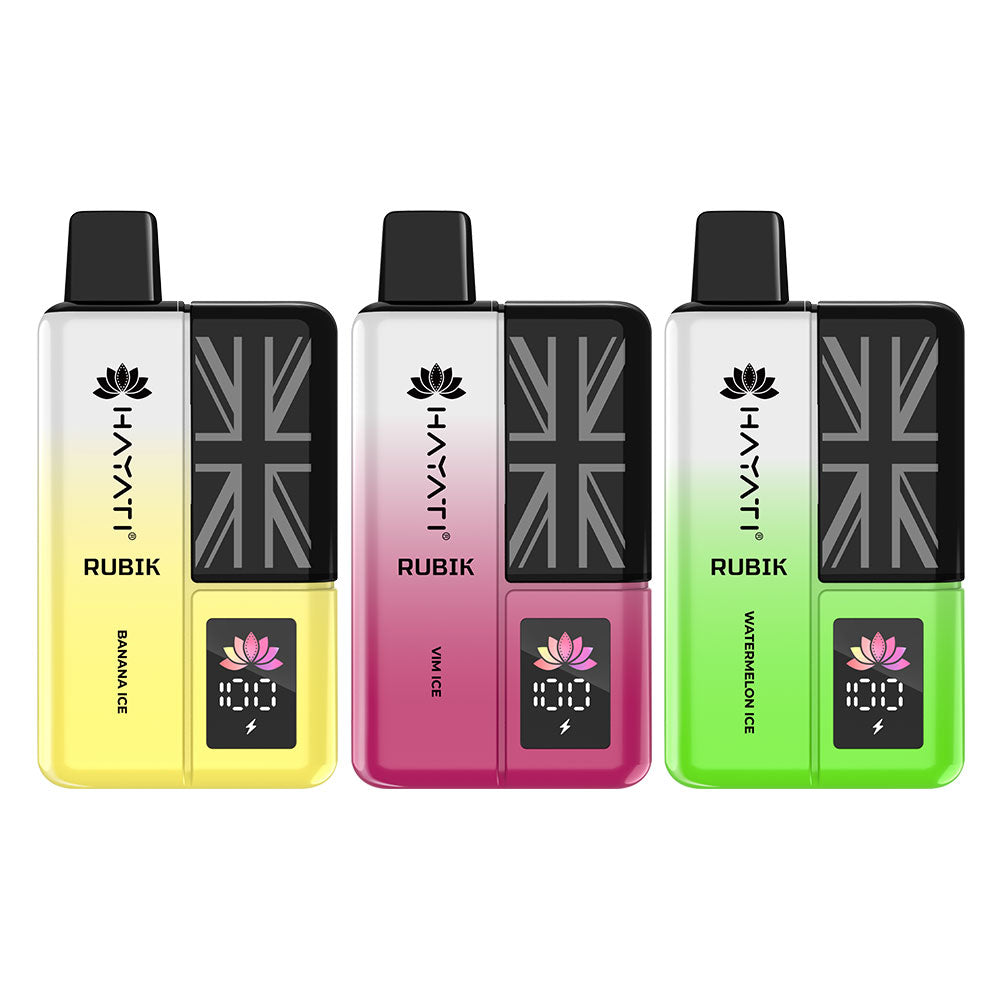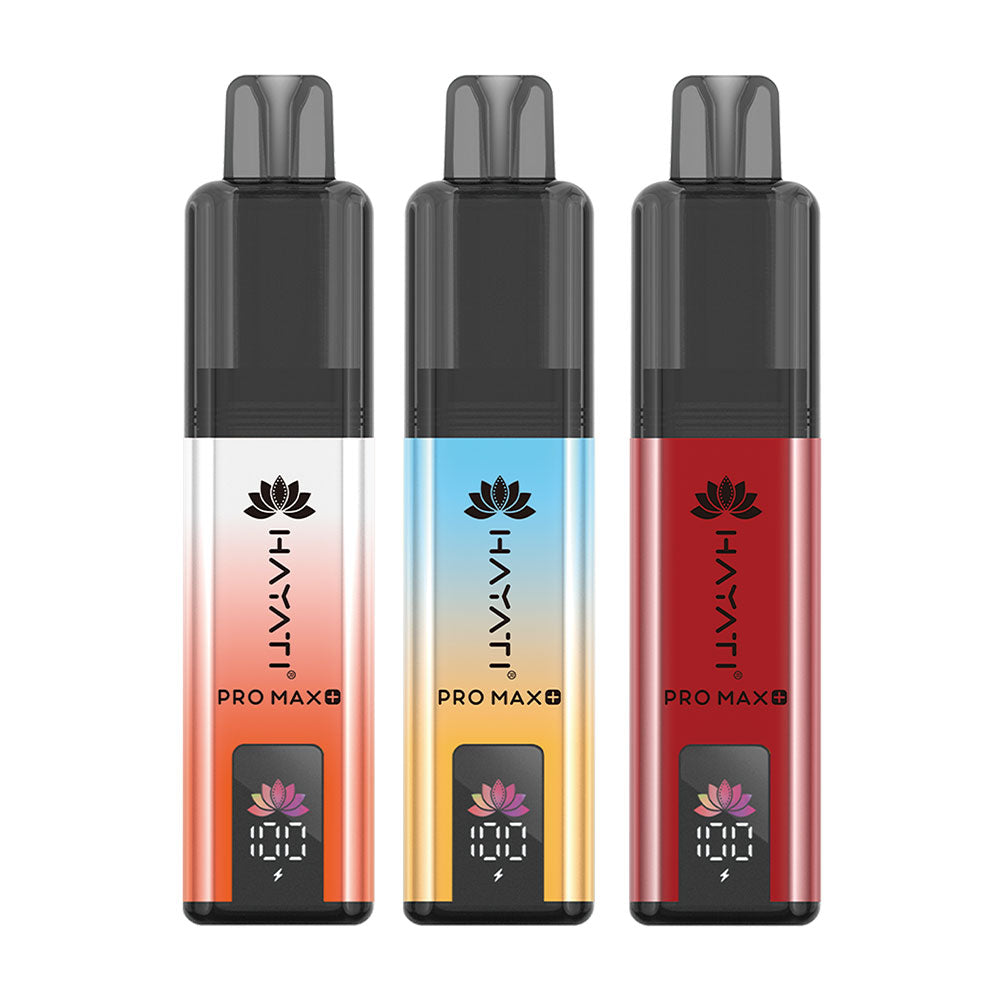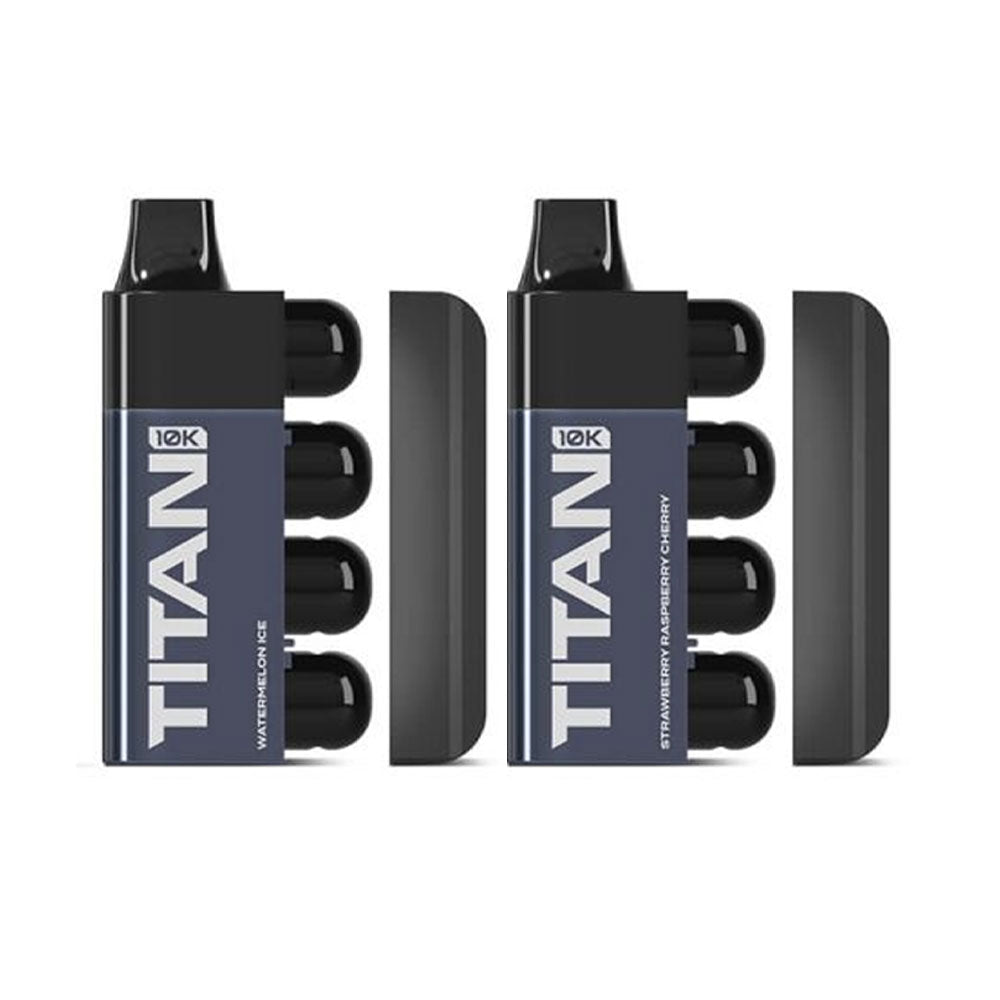Can You Take Vapes on a Plane?


Navigating the maze of airline regulations can be daunting, especially when carrying an e cigarette on planes. For UK travellers, understanding both domestic and international policies is crucial to ensure a hassle-free journey. So, if you have the same question as others, “can I take my vape on the plane?” Let us help you find out:
UK Aviation Laws on Vape Kits
In the United Kingdom, the Civil Aviation Authority (CAA) mandates that electronic cigarettes and vaping devices must be transported in hand luggage. This is due to the potential fire hazards associated with lithium batteries. The CAA explicitly states that vapes and e-cigarettes are prohibited in checked baggage. Additionally, spare batteries should be individually protected to prevent short circuits and carried in the cabin. Passengers are advised to ensure that devices are switched off during the flight and not charged on board.
Airline Policies on E-cigs
Airlines operating within and from the UK have specific airline policies on vaping regarding the carriage of vaping devices:

-
British Airways:
Passengers are permitted to carry e-cigarettes in their hand luggage but are strictly prohibited from using them on board. The airline emphasizes that all vaping devices must be in hand baggage and carried in the cabin. -
EasyJet:
Allows electronic cigarettes and a maximum of two spare batteries in carry-on luggage. Usage of these devices is forbidden during the flight.
-
Ryanair:
Passengers can carry e-cigarettes in hand luggage. Using, charging, or packing them in checked baggage is strictly prohibited.
-
Virgin Atlantic:
E-cigarettes are permitted in hand luggage but must not be used or charged on board. The airline emphasizes that these devices should not be packed in checked baggage.
-
Jet2:
Passengers are allowed to bring e-cigarettes and a maximum of two spare batteries in their carry-on luggage. However, they are prohibited from using and charging these devices during the flight.
-
Aer Lingus:
E-cigarettes are allowed in hand luggage but must not be used or charged on board. The airline prohibits the carriage of these devices in checked baggage. -
Emirates:
Passengers are allowed to bring e-cigarettes in their carry-on baggage. However, using and charging these devices during the flight are strictly prohibited.
Airport Policies on Vaping
We know what you’re thinking, “Can I use my vape in the airport?” Well, UK airports have designated areas for smoking and vaping, primarily located outside terminal buildings:
-
Heathrow Airport:
Vaping is prohibited inside all terminal buildings. Designated smoking areas are available outside the terminals.
-
Gatwick Airport:
Similar to Heathrow, vaping is not allowed inside the terminals. Marked smoking areas are situated outside both the North and South Terminals.
-
Manchester Airport:
While vaping is banned inside the terminals, designated smoking areas are available. Terminal 1 offers a smoking area near the food court after security, and Terminal 2 has a facility on the upper level of the departure lounge.
International Regulations
When travelling abroad, UK passengers should follow the vaping etiquette around the world and be aware of varying international policies regarding vaping devices:

-
United States:
The Transportation Security Administration (TSA) requires that e-cigarettes and vaping devices be carried in hand luggage. Usage on aircraft is strictly prohibited. -
Germany and France:
Both countries permit the use of e-cigarettes; however, their use is restricted in public places, similar to traditional smoking regulations. -
Australia:
The importation of nicotine-containing e-liquids is heavily regulated and often requires a prescription. Vaping laws vary by state, so it's crucial to research specific regional regulations before travelling. -
China:
While vaping is legal, there have been instances of devices being confiscated upon entry. It's advisable to carry documentation proving the device is for personal use. -
Saudi Arabia and UAE:
Both countries have strict regulations regarding vaping. In some instances, the importation and use of e-cigarettes are banned, leading to confiscation or fines. -
Canada:
Vaping regulations are similar to those in the UK, with restrictions on usage in public spaces and age limitations on sales.
What Are the Best Vapes for Travel?
Prefilled pod kits and big puff vapes are a go-to choice for vapers who want to take their vapes on travel. This is because of their sleek design, portability, leak-free design and no refilling hassle. Their elegant shape takes less space and provides you with extended vaping sessions. Some of the popular products are:
- Hayati Rubik 7000
- Hayati Pro Max Plus 6000
- Lost Mary BM6000
- Titan 10K Vape
Practical Tips for Traveling with Vapes
Here are some tips on how to take care of your vape while abroad.
-
Carry-in Hand Luggage:
Always pack vaping devices and spare batteries in your carry-on bag to comply with international safety regulations.
-
Check Liquid Restrictions:
E-liquids should comply with the standard liquid restrictions for hand luggage, typically not exceeding 100ml per container and placed in a transparent, resealable plastic bag.
-
Research Destination Laws:
Before travelling, familiarize yourself with the vaping laws of your destination to avoid potential legal issues.
-
Use Designated Areas:
Only vape in areas explicitly designated for smoking or vaping to adhere to local regulations and maintain courtesy to others.
Summing Up
Knowing what you can and can not take on a plane is essential. While UK laws permit carrying vapes in hand luggage, usage is strictly prohibited on flights and often restricted within airport premises. Internationally, policies vary significantly; some countries enforce stringent bans, while others have more lenient approaches. To ensure a seamless journey, always consult specific airline guidelines and the regulations of your destination country before travelling with your vape.
Frequently Asked Questions
-
Can you take disposable vapes on a plane?
Yes, but only in your carry-on. Airlines ban vapes in checked luggage due to fire risks. Keep them secure, and don’t even think about using them mid-flight. -
How many disposable vapes can I bring on a plane?
Most airlines don’t specify a limit, but carrying a “reasonable” amount—typically a few for personal use—won’t raise eyebrows. Bringing dozens might trigger security concerns or customs issues.
-
How do you store a vape on a plane?
If possible, keep it upright in your carry-on to prevent leaks. If the battery is removable, disconnect it—store e-liquids in a clear plastic bag under the 100ml liquid rule.
-
Can I vape on the plane?
No! Every airline forbids it, and trying can get you fined or banned. The smoke detectors in airplane bathrooms? They’re waiting for people who think otherwise. -
How do I buy vape juice and refills abroad?
Check local laws before hunting for vape shops. Some countries ban sales, and others tax them heavily. If permitted, find reputable stores to avoid counterfeit or low-quality e-liquids.




